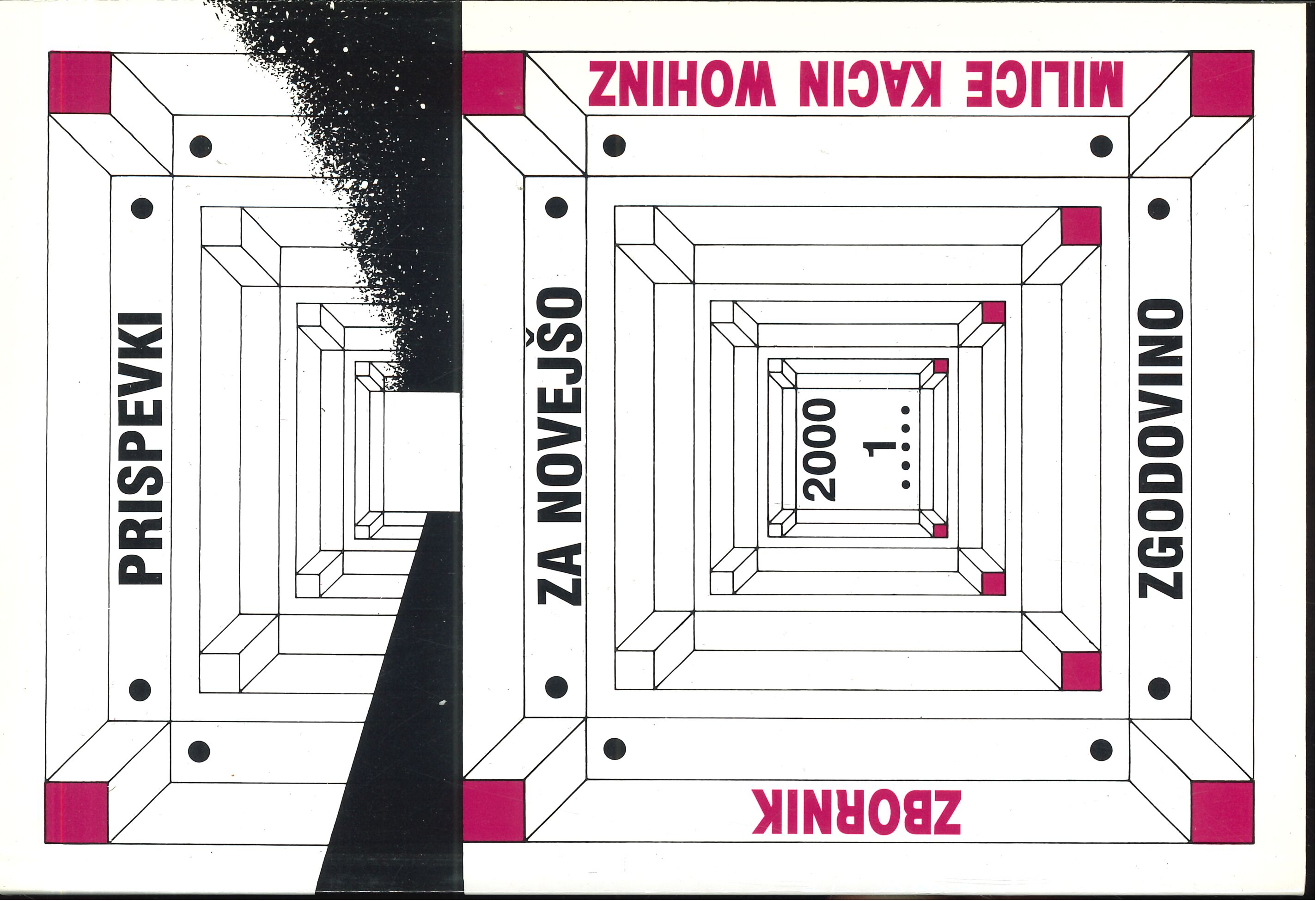Slovenija med Nemčijo in Italijo (1848-1968)
Ključne besede:
Slovenija, Nemčija, Italija, mednarodni odnosi, zunanja politikaPovzetek
Prispevek je strnjen pogled na državne in transdržavne položaje, ki so jih doživeli Slovenci oz. Slovenija, razumevajoč sebe kot celoto. Sega od revolucijskega leta 1848, ko je bil postavljen slovenski državnopolitični program avtonomne Slovenije v njenem celotnem etničnem (jezikovnem) obsegu, prek meddržavnih delitev tega ozemlja v letih 1866, 1920, 1941, do pozicije republike Slovenije v okviru jugoslovanske socialistične federacije in določitve njenih meja z Italijo in potrditve tistih z Avstrijo v letih 1947 in 1955. Vloga Slovenije v okviru Jugoslavije je bila občutna pri postavljanju odnosov z Italijo in Avstrijo. V sklopu jugoslovanske politika je bila Slovenija že zgodaj zagovornik odpiranja državnih meja za promet ljudi in blaga in kmalu je postala tudi pogodbena nosilka pomembnih med-državnih regionalnih kooperacij s sosedi, a tudi z Zvezno republiko Nemčijo. Spričo liberalnejših razmer na mejah Slovenije, ko tu že več kot četrt stoletja ni bilo zidu, niti zdaleč podobnega berlinskemu, so dolgoletni živi stiki Slovenije in Slovencev s sosedi v preostoru med Italijo in Nemčijo pri tem imeli izjemno pomembno vlogo, tudi glede notranje demokratizacije.
Prenosi
Objavljeno
Številka
Rubrika
Licenca
Avtorji prispevkov, objavljenih v tej reviji, soglašajo z naslednjimi pogoji glede avtorskih pravic:
- Avtorji ohranijo avtorske pravice, reviji pa odobrijo pravico do prve objave. Delo se hkrati zaščiti z licenco za prosto uporabo avtorskih del (Creative Commons Attribution License), ki drugim osebam omogoča deljenje dela ob priznanju avtorstva in prve objave v tej reviji.
- Avtorji lahko sklenejo ločene dodatne pogodbene dogovore za neizključno distribucijo različice dela, objavljene v reviji, (npr. oddaja v institucionalni repozitorij ali objava v knjigi) z navedbo, da je bilo delo prvič objavljeno v tej reviji.
- Pred postopkom pošiljanja in med njim lahko avtorji delo objavijo v spletu (npr. v institucionalnih repozitorijih ali na svoji spletnih strani), k čemer jih tudi spodbujamo, saj lahko to prispeva k plodnim izmenjavam ter hitrejšemu in obsežnejšemu navajanju objavljenega dela (glej The Effect of Open Access).


